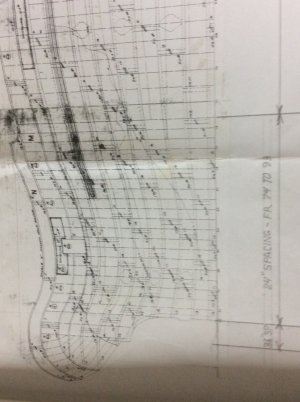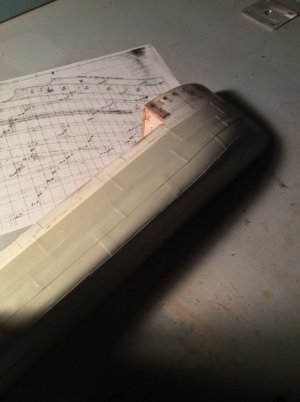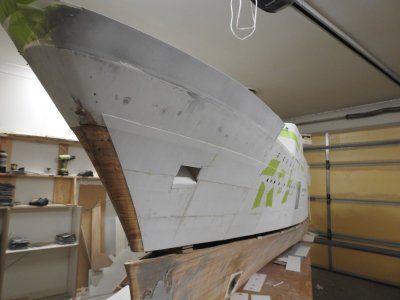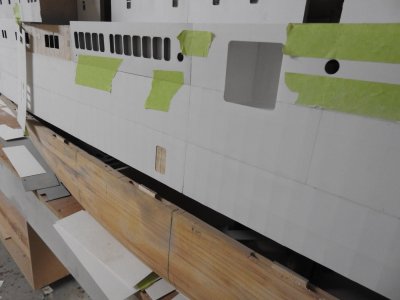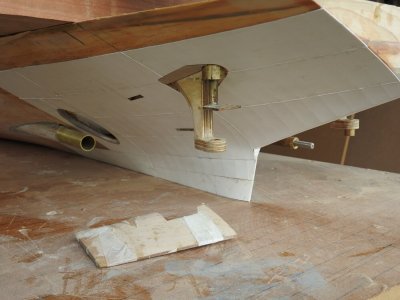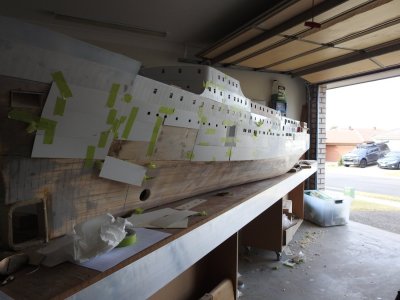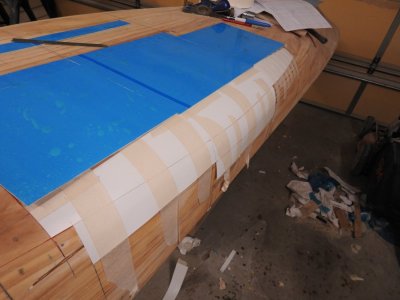it's all in your head.
I can only speak for mine, and even that can't be relied on. So called scratch building is merely taking a set of line drawings, and some trees - well, some timber - and making the full size ship, but smaller.
If you have simple tools, such as shipwrights used, and the desire, you can build anything at all.
Ignore whatever the kit makers want to sell you. Use the drawings to produce the individual frames. Use saws and hand planes, (and some thicknessing jigs) to produce the raw material a shipwright would start with, then chisels, or scalpels, to accurately cut the parts to size. Make a miniature dowelling jig, and use it to make toenails to fasten the parts together.
Read all about how best to fit the planks and other parts, and how the rigging supports the masts and controls the sails, and replicate it all in miniature. Look at your work and smile.
Then think 'I can do better next time'. and look for another interesting ship or boat and some drawings....
Repeat.
You will enjoy al the knowledge and support here.
Jim - in Northumberland, still making wooden boats by 'hand' (and 'lectric)
Very wise for one so young.







